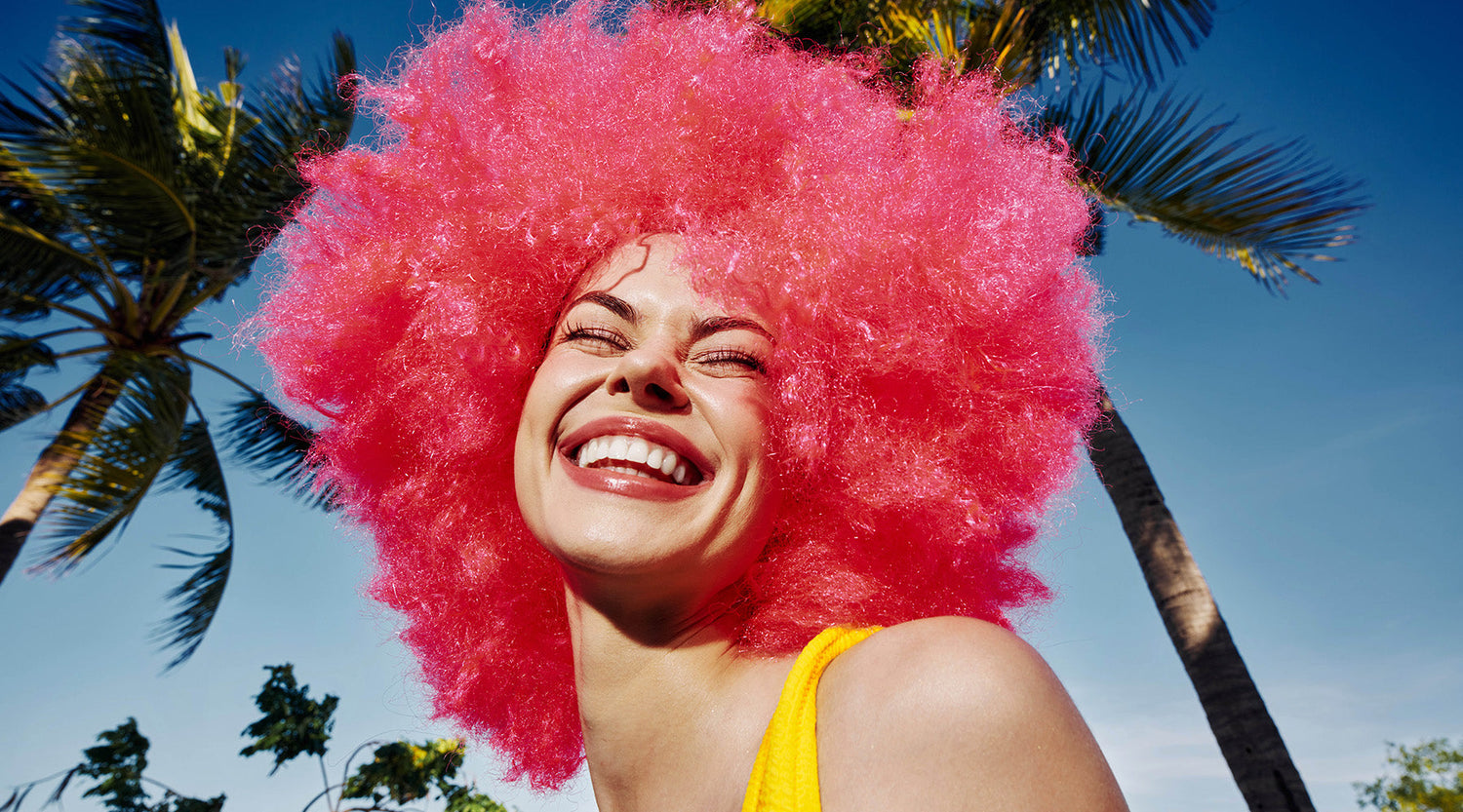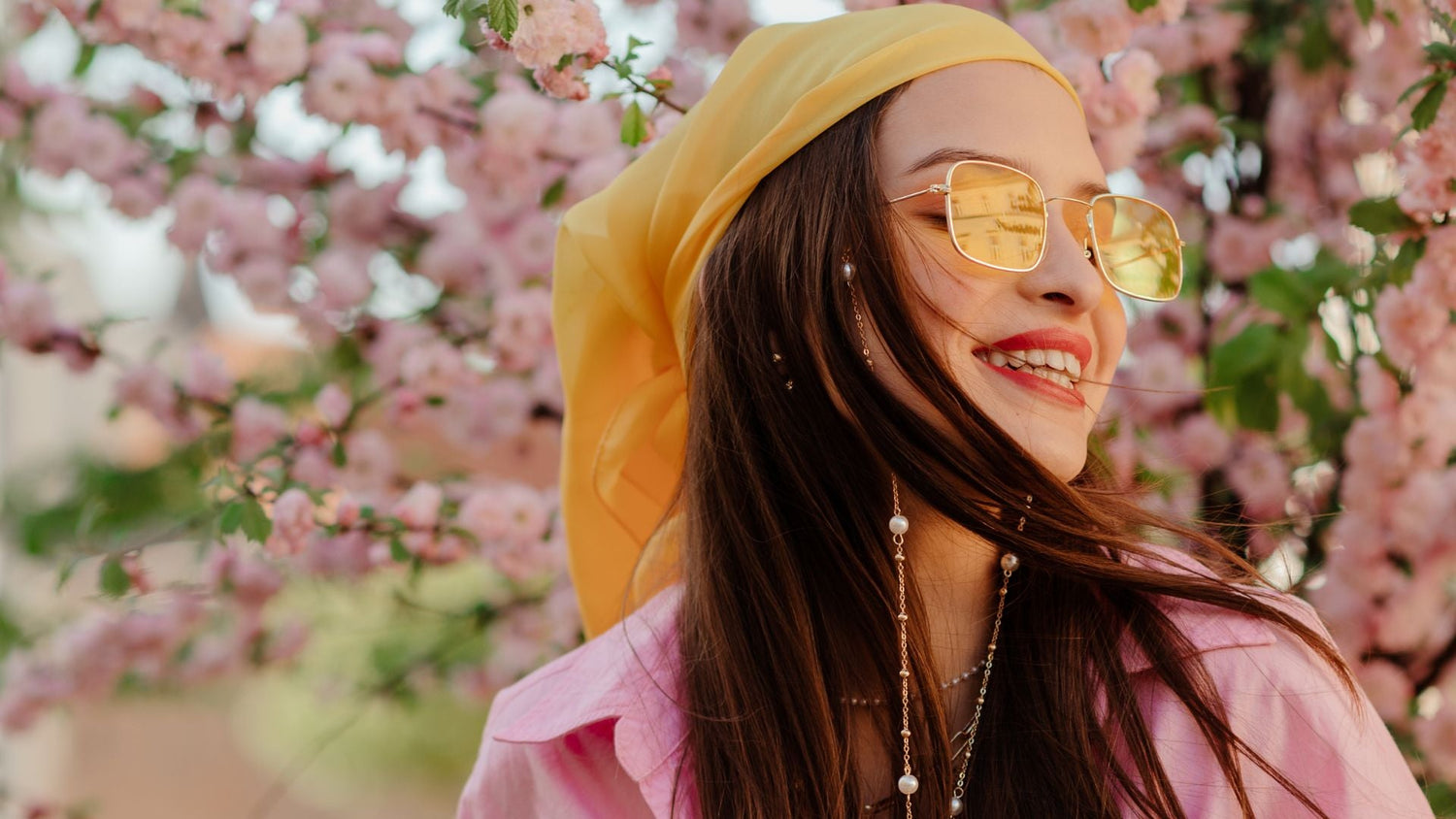For generations, gender identity has played a role in how people care for, treat, and wear their hair. But, are any of these perceptions about hair and gender true? Let’s break down some of the biggest stories we've been told about hair, and whether or not they ring true today.
1. Shaved Heads Are Only For Men

Women have been rocking shaved heads since ancient Egypt, when the bald look was used to beat the heat. However, over the years that followed, this eminently practical look became a form of punishment and humiliation for women like Joan of Arc, who was shaved before her execution. Even French women who were accused of sleeping with German soldiers during the war were involuntarily shaved and paraded in the streets. Shaved heads might have been the ultimate style for macho men, but for women, they have often held negative connotations and even held a certain shock factor. It certainly wasn't the ideal choice for a feminine woman.
But we've come a long way since then, and today, bald is a beauty standard for all. From pioneers of the buzz cut like Grace Jones and Sinead O'Connor to modern-day bad-asses like Danai Gurira and Cara Delevingne, tough girls continue to rock shaved heads. Master the art of a close shave to reveal a deeper side of yourself to the world, and in return allow your other assets to sing louder than they ever have before. It may take some getting used to, but shedding your hair and all its baggage can help you find yourself again, no matter your gender.
2. Women Should Hide Their Gray Hair

Dashing older men (hello, George Clooney) are often hailed as “silver foxes,” but you rarely hear older women given the moniker of “silver vixens” for their gray hair. The truth is that gray hair, also known as “wisdom highlights,” suits women just as well as men. While society often makes women terrified of going gray, the fact is that this stunning look is something that should be embraced, like the marvelous Meryl Streep and the timeless Jane Fonda have done.
The other benefit of embracing your gray is putting away the dyes and colorants that can often cause harm to your locks. Pair your natural look with Lu’s Rescue Collection. This restorative range of products contains shatavari-infused glycerin, a medicinal plant rich in phytonutrients, antioxidants, vitamins, and Impossible Keratin™️. These powerful ingredients work together to fight the root cause of hair damage and deliver extreme shine and softness to every strand, leaving you with stunning gray hair that unlocks your inner vixen.
3. Men Don’t Want a Hair Care Routine

There was a time, not too long ago, when it wasn't manly to care about your hair. Thankfully, this hair myth is also extremely out of date. Along with millions of women around the world, we welcome the rise of men's hair care and grooming brands that have demanded a higher standard of personal care. After all, men and women’s hair is physiologically exactly the same, so why is it treated so differently?
For too long,social norms dictated that self-care was reserved for women, and that it was uncool or unmanly to spend time taking care of your hair, body hair, or even pubic hair. Today, more and more men spend time, effort, and money to make sure their hair and body is groomed, scaped, and styled to their satisfaction. In fact, the male personal care industry was valued at almost $31 billion in 2021. Safe to say that this is one myth that has been busted for good.
4. Curly Girls Can’t Reach the Top

An insightful study conducted by Duke University’s Fuqua School of Business found a bias against Black women with natural hairstyles in job recruitment compared with Black women with straightened hair and White women with curly or straight hair. And, we’ve not even started on the gender pay gap. In the United States, The CROWN Act, which stands for “Create a Respectful and Open Workplace for Natural Hair,” is one way that lawmakers are trying to prohibit discrimination based on hair style and hair texture in the workplace and public schools. Created in 2019, the measure is designed to protect people who rock braids, locs, twists, and knots. This is one myth that hasn't fully been disproved as yet. But even if you have to work a little bit harder than other women, and twice as hard as the opposite sex, curly jefas can still reach the top of the mountain, and look great doing it.
5. Long Hair is Feminine

Hair length and gender have been linked for centuries. Long hair has been the epitome of beauty for women of all generations and cultures. Long, thick, healthy locks were also associated with health, fertility, and youth. Even when short hair was in vogue thanks to iconic looks like the pixie cut and short bobs, we seem to have a timeless identification with long locks as distinctly feminine. On the other hand, men with long hair were considered more bohemian. They were artists and poets rather than bankers and doctors. Perhaps more than any other style, long hair is part of gender expression.
Fortunately, as our society grows more and more diverse, conservative thinking around the way we look, and how we wear our hair, is changing. There is no right or wrong when hair might be more an expression of sexual orientation and personal choice than it is of gender. As for hair length, look no further than leading man Chris Pine for a case in point. When the "Wonder Woman" and "Star Trek" star debuted long and lustrous hair, he broke the internet. And then he broke it again when he lopped it off because it looked too much like Rachel's iconic haircut from "Friends."
Final Thoughts
Hair and gender continue to be inextricably linked, but the lines are blurring, and we are closer to a gender-neutral conversation about hair than we were even 30 years ago. What we know for sure is that people can go into a hair salon and request any style they want, regardless of what gender it's "supposed" to be. And this is a good thing.





